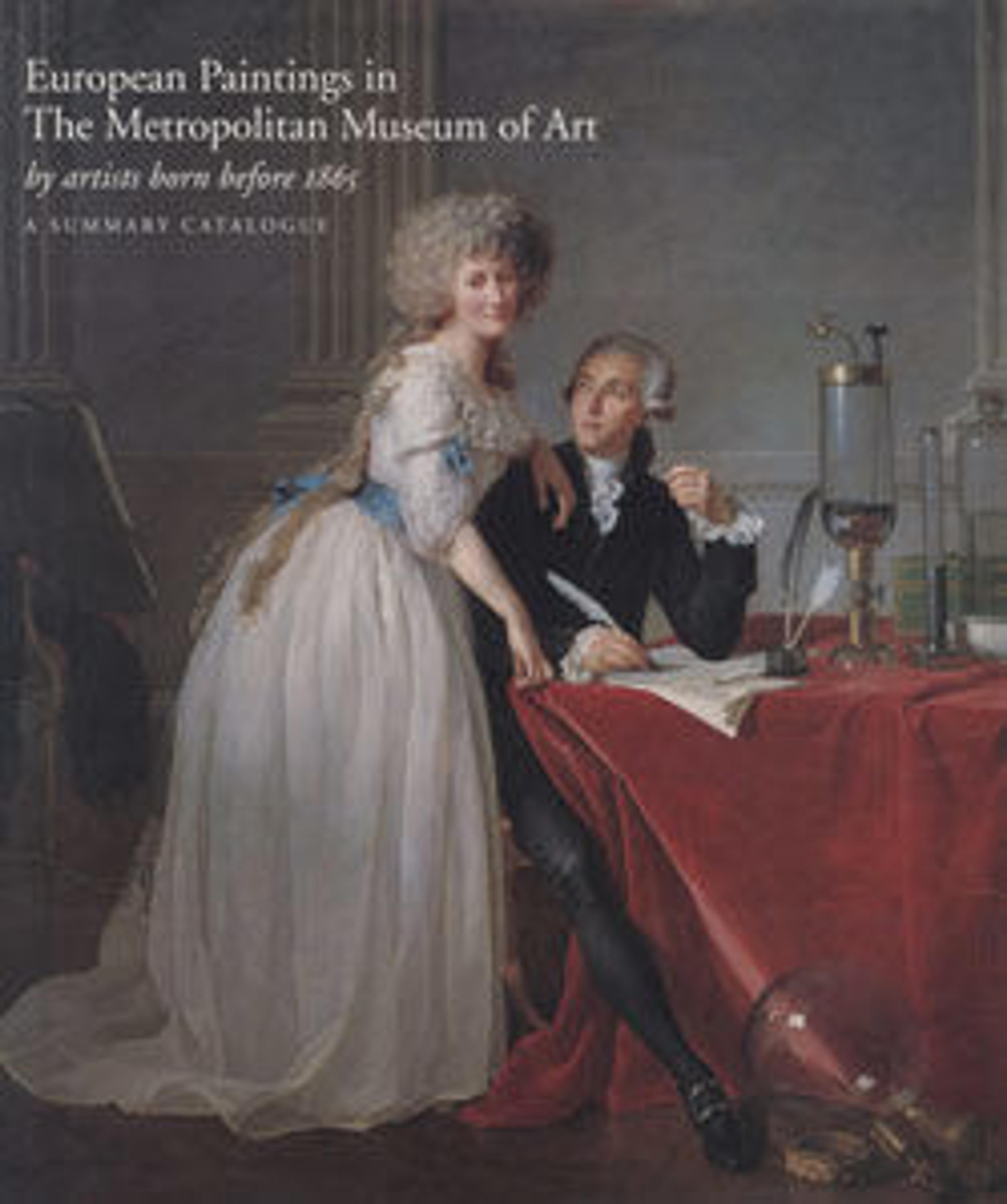Madonna and Child
Jacopo Bellini dominated Venetian painting in the middle years of the fifteenth century and was a key figure in the creation of Venetian Renaissance painting. This is one of his rare extant paintings, probably done in the 1440s. Sadly, the surface of the painting has lost most of its pigment. The fine, damaged, frame is original.
Artwork Details
- Title: Madonna and Child
- Artist: Jacopo Bellini (Italian, Venice ca. 1393–1470/71 Venice)
- Date: probably 1440s
- Medium: Tempera on wood, gold ground
- Dimensions: Overall, with arched top, 34 1/2 x 25 in. (87.6 x 63.5 cm); painted surface 30 1/2 x 21 3/4 in. (77.5 x 55.2 cm)
- Classification: Paintings
- Credit Line: Gift of Irma N. Straus, 1959
- Object Number: 59.187
- Curatorial Department: European Paintings
More Artwork
Research Resources
The Met provides unparalleled resources for research and welcomes an international community of students and scholars. The Met's Open Access API is where creators and researchers can connect to the The Met collection. Open Access data and public domain images are available for unrestricted commercial and noncommercial use without permission or fee.
To request images under copyright and other restrictions, please use this Image Request form.
Feedback
We continue to research and examine historical and cultural context for objects in The Met collection. If you have comments or questions about this object record, please contact us using the form below. The Museum looks forward to receiving your comments.
